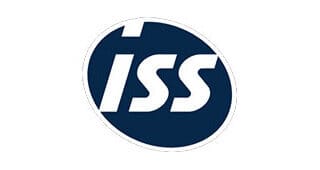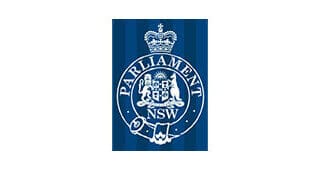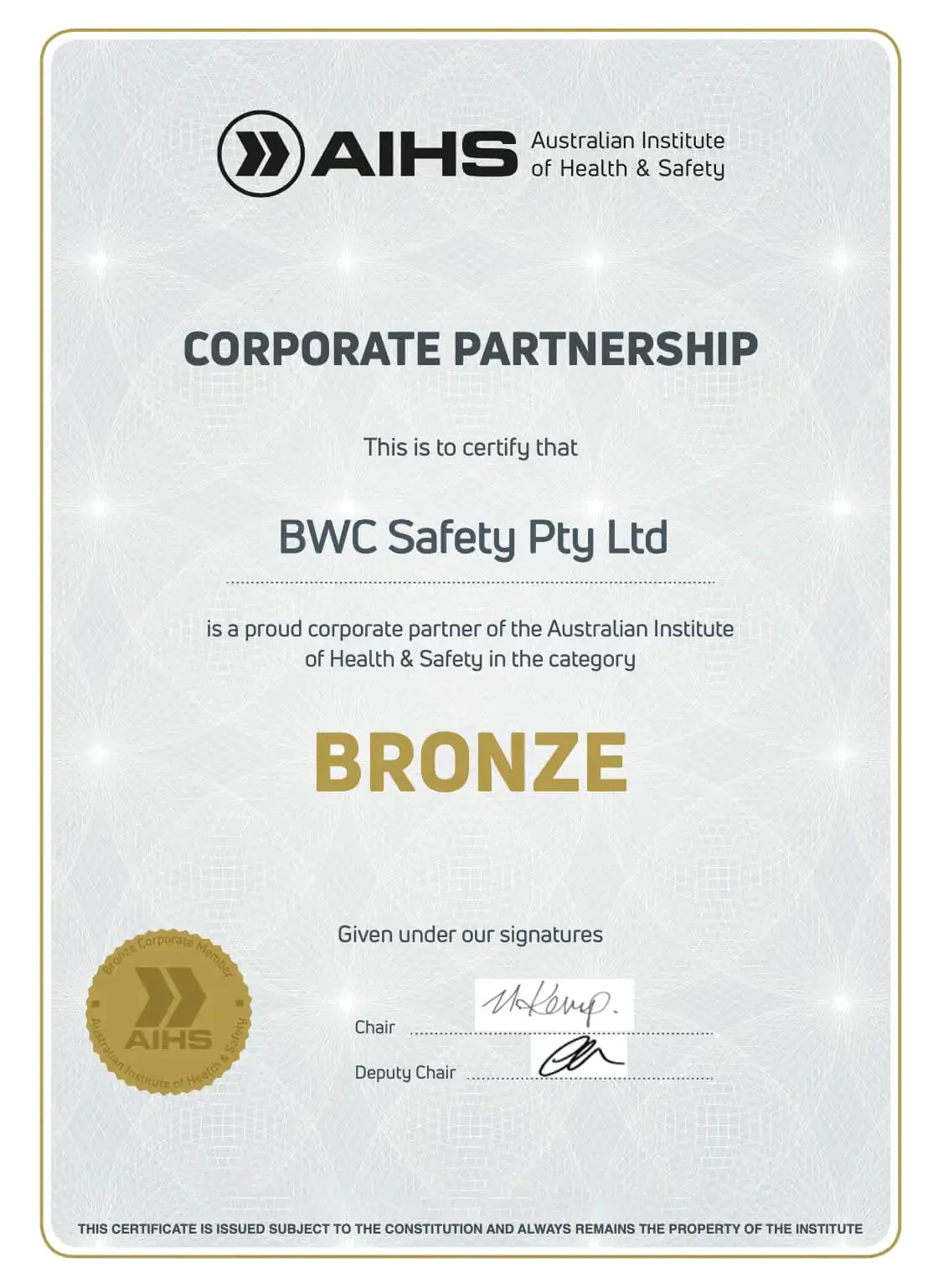Who is responsible for workplace health and safety in Australia?

We are often asked this question by business leaders and managers. Sometimes the question is in response to a serious workplace accident, and other times the business is looking to upgrade their safety management system to the new international standard ISO 45001. This standard requires that all of the needs and expectations of key stakeholders of workplace health and safety in the organisation are identified and their needs understood and integrated.
So in the following paragraphs, we have provided a brief summary of the roles that key stakeholders play in workplace health and safety in Australia, where the Model WHS laws govern the way safety is legislated. The primary aim of these workplace health and safety laws is to ensure that everyone in a workplace, including employees, contractors, and visitors, are safe and healthy while they are at work. This is achieved through a combination of legislative requirements, workplace policies and procedures, training and education programs, and ongoing management of risks to health and safety.
In the WHS Act (OHS Act in Victoria) Employers are known as the “Person Conducting a Business or Undertaking” aka the PCBU. Employers are primarily responsible for ensuring the health and safety of their workers while they are on the job. They have a legal obligation to provide a safe working environment, including safe equipment and systems of work.
Employers must also ensure that their workers receive appropriate training and supervision, and that any potential hazards are identified and managed effectively. This includes implementing workplace health and safety policies and procedures that comply with relevant state and federal laws. They must also ensure that they effectively consult with their workers and all persons who may be affected by health and safety matters related to the place of work.
Employees are referred to as ‘workers’ under the WHS Act and include full time, part time, casual staff, contractors and sub-contractors. These groups also have a responsibility to take reasonable care of their own health and safety, as well as the health and safety of others who may be affected by their work. They must follow all workplace health and safety policies and procedures developed by the employer, use any personal protective equipment provided, and report any hazards or incidents to their employer.
Safe Work Australia, a national government agency, is responsible for developing health and safety codes of practice and guidance around laws and regulations which are known as ‘model laws’. Each state and territory parliament have developed their own versions of OHS/WHS law and regulations which are based on the nationally harmonised Model Laws.
Each state and territory has a Safety Regulator (e.g. Safework NSW, Workcover Queensland) who are responsible for education on safety matters and ultimately enforcement of the relevant OHS laws and regulations. Additionally, there are specialised legal entities enacted by Parliament to uphold safety rules in industry sectors such as mining, maritime and aviation. These laws set out the minimum standards for workplace health and safety, and employers must ensure that they comply with them.
Trade unions also play a role in workplace health and safety in Australia. Unions are organisations that represent workers in specific industries or professions, and they work to protect the rights and interests of their members. Unions can provide support and advice to workers on workplace health and safety issues, and they can also advocate for improvements to workplace health and safety standards.
Industry associations, professional bodies, and OHS consultants of workplace health and safety also have a role to play in education and supporting employers who wish to ensure they are meeting or exceeding their legal requirements under the WHS Act.
Challenges for key stakeholders
Despite the various players involved in workplace health and safety in Australia, there are still many challenges to ensuring that all workers are safe and healthy while they are on the job. One of the biggest challenges is ensuring that employers understand their legal obligations and take proactive steps to identify and manage workplace hazards. This can be particularly difficult for small businesses, which may not have the resources or expertise to develop and implement effective workplace health and safety policies and procedures. These small and medium enterprises often have to rely on the expertise of OHS consultants to guide them with the development of their safety programs and safety management systems.
Another challenge is ensuring that workers are aware of their rights and responsibilities when it comes to workplace health and safety. Many workers may not feel comfortable speaking up about hazards or incidents, or they may not be aware of the risks associated with their work. This highlights the importance of ongoing training and education programs for workers, as well as effective communication and consultation between employers and workers.
In conclusion, although there are many stakeholders involved in workplace health and safety in Australia, it is the employer who has the primary legal obligation to provide a safe working environment. Notwithstanding that legal requirement, workers also have a responsibility to take reasonable care of their own health and safety.
How to get help
At BWC Safety we have an experienced team who have been helping organisations with safety compliance for more than twenty years. Many of our clients are household names and we partner with them over all phases of the safety journey. You can reach us through our website www.bwcsafety.com.au or at 0408 300 187.
Make an Enquiry
Ensure your organisation isn’t making critical WHS mistakes by getting expert advice before it’s too late.

















